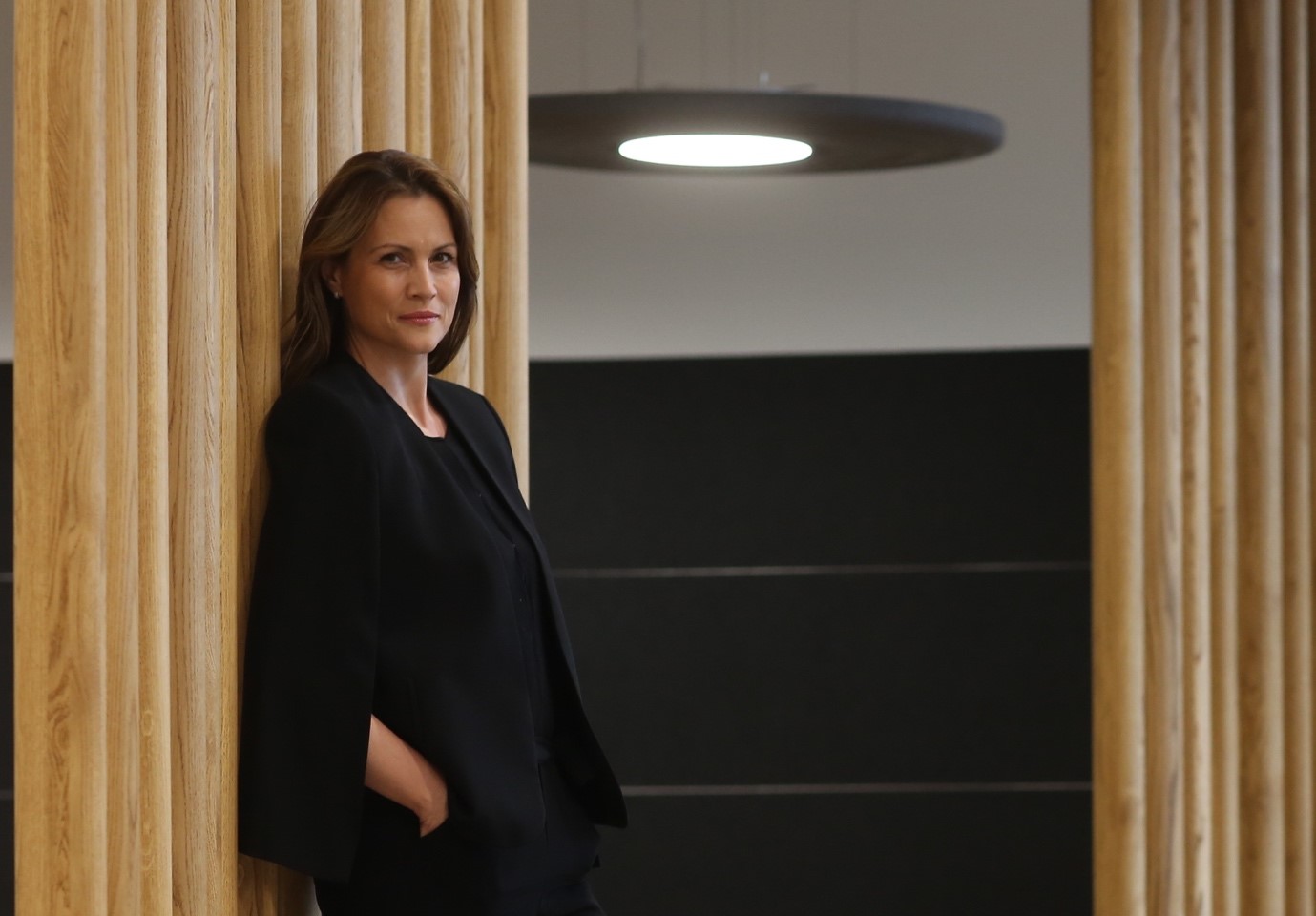Thinking new office space concepts after the pandemic
We spoke with architect Vesna Krizmanić about the future of office space and what the workspace will look like after the pandemic.
“First, we need to recognize the difference between social distancing (a term that is misused at the moment because it is social integration that we need) from physical distancing. Even when we are physically distant, we need social connection, which is one of the basic functions of the classic workspace, and which will continue to be a priority in the future,” Vesna says.

How did you organize the operations of your architectural studio during the state of emergency?
Virtual collaboration is nothing new to me or to most designers and architects – working in large multinational teams, with partners and developers from abroad, often requires the use of various virtual platforms and project sharing, as well as virtual problem-solving. Of course, close social contact cannot be completely replaced, but much of the work can be done or harmonized in this way. Virtual work does pose certain problems regarding the creative part of the business, design processes, brainstorming and idea development because this is part of the job that often requires unlimited time and direct social contacts between team members, so this is a weak link in the virtual creative chain. However, bigger problems will arise because of the potential delays in development projects and the dynamics of their implementation, because we are directly dependent on the financial stability, deadlines and liquidity of developers in the construction industry.
What will the office space industry look like after this, now that we know we can work from home?
This is a great (unfortunately imposed) opportunity for employers to recognize flexible positions within their structure, and to organize their business more effectively in the future. The transformation of the labour market due to the development of information technologies as explained by Manuel Castells (I highly recommend his book “The Rise of the Network Society”) who explains the concept of a flexible workforce. Recognizing these resources and using modern technologies will allow employers to, on the one hand, reduce their costs and while, on the other, have more satisfied employees and make more efficient use of office space after the pandemic.
However, traditional workplace concepts will not disappear; they will only change the logic of their organizations. Job territories can be flexible, require less physical space and thus save money. Nonetheless, spaces for social interaction, collaboration and creative parts of the business are becoming an open source of creativity for the development of designed workplaces that will give both employees and management better efficiency and greater enjoyment.
Changes are also likely to occur in the area of greater implementation of hygiene measures in facilities, new maintenance procedures, health & safety, and a healthier and cleaner environment. Given that we are going to see psychological consequences, some of the new workplaces will become more hybrid – they will be social catalyst links, places with a broader range of additional amenities, but above all, they should be a safe and warm place, that could be sometimes replaced with working from home.
What will you do first after the state of emergency is abolished?
I hope that all of us in Serbia will return to our normal routine without major consequences, healthy and then with a new (self)insight and come out of this situation stronger. I do not know when this will end so I do not know what I will do first after it ends, but I have mentally prepared myself that this situation will not be short and that we will use it in the best possible manner for learning something new and improving the quality of family relationships. The virus contagion has accelerated the use of digital technologies, and I am particularly looking forward to our education system becoming more contemporary. I also hope that we will appreciate social contacts even more and understand that physical distance does not mean social distance and that communication and collaboration have to be maintained. No virus and no person should take away that from us.